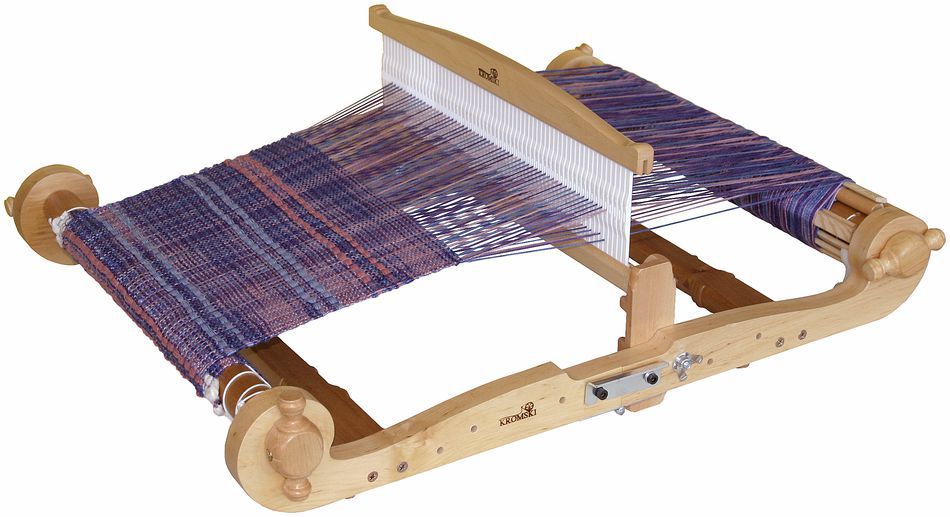A7: Final Project Proposal
by Kellie Dunn for HCDE 598
For my final project, I want to build a loom for fabric weaving.
My background as an artist, a maker, and a professional costume craft artisan, is very textiles-focused, so I love the idea of bringing my history into this course in the form of a project. I also like the idea of using modern fabrication tools and technology to create another fabrication tool for an ancient process like weaving.
In researching what type of loom to construct, I settled on two different simple types I could possibly start with: a rigid heddle loom, or an inkle loom with accessory tablet weaving cards. The rigid heddle loom is a little more complex to build, with more moving parts and parts that need to fit into each other. The inkle loom and tablets are a far simpler device, but are more interesting to me in terms of the weaving process itself, especially because the tablets remind me of an early crude ancestor of the eventual punchcards that made the Jacquard loom one of the first programmable fabrication devices.
For comparison, a rigid heddle loom on the left, vs an inkle loom with tablets on the right:


Because this project is more about the design and creation of the device, I decided to focus on the more technically challenging design of the Rigid Heddle Loom.
There are a several variations of this style of loom, two more of which are pictured in the diagram below.
This helpful image also labels some of the basic parts of rigid heddle looms:

Breakdown of tasks and timeline:
1. Design decisions about what style of frame to build (by 5/30)
2. CAD modelling all of the parts, and possibly making parametric models of the reeds so that I can produce different sized/scaled ones for different yarns (by 6/2)
3. Making an assembly of the moving parts, particularly the ratchet breaks and the method by which the heddle is placed in 3 different positions (by 6/2)
4. 3d printing the reeds and ratchet brakes (by 6/3)
5. Laser cutting the frame pieces (by 6/4)
6. Assembling and testing the loom (by 6/4)
Contingency plans:
If the experts tell me this is too much to complete in a week, I could go for the simpler design of the inkle loom and tablets, which would still require I use most of the above tools and programs, but is a less challenging assembly and would be simpler to troubleshoot.
Bill of materials: (these can all be acquired with one weekend trip to a hardware store)
Plywood for frame
Wood dowels for apron rods
3D printer filament for reeds and ratchet brakes (I already have a spool)
Fasteners for assembling the frame and attaching the brakes
Yarns for weaving (I have some, I might buy more, because hello excuse to buy yarn)
Making a loom isn't a new idea, in fact it's a really ancient idea, so of course this has all been done before. There are a few designs out there on Thingiverse, and a fully laser cut version is open sourced on Instructables. I want to design my own parts, with the goal of making a loom that is decorative as well as functional, and to a scale of my own choosing.